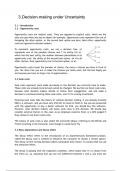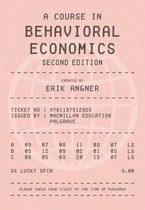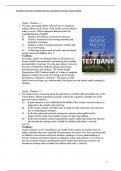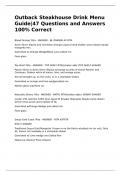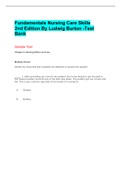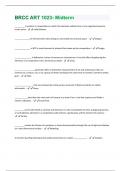Summary
Summary A Course in Behavioral Economics - Chapter 3- Week 2 - ECB3BE (ECB3BE)
- Course
- Institution
- Book
Summary in 2 pages of the thrid chapter of Angner, E. (2020). A Course in Behavioral Economics, 3rd Ed. From the course Behavioural Economics in the minor from EBE: social sciences.
[Show more]
